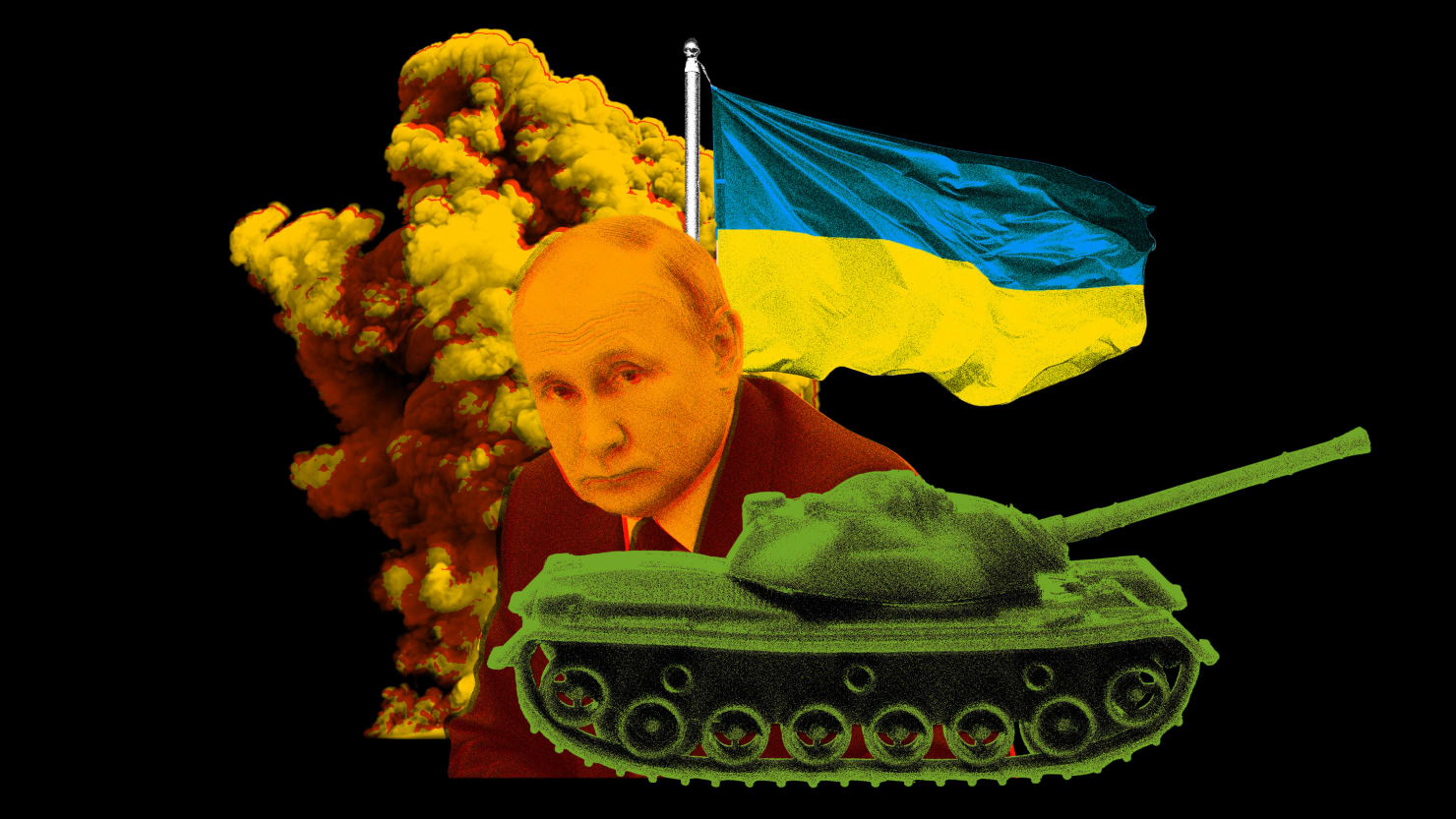The war that Vladimir Putin thought he would win in days is still raging after nearly a year, with both sides desperate for more equipment, soldiers and international support. But Russia, it seems, could soon suffer a fatal blow, thanks to Ukraine’s friends in the United States and Europe.
Last week, Washington announced a new $3.8 billion weapons package for Ukraine, which included everything from much-needed air defense systems to artillery shells. Most of Ukraine’s excitement, however, was reserved for the inclusion of the Bradley Fighting Vehicle, a capable armored vehicle that Ukraine has long sought to help reclaim land seized by Russia. The decision to finally send Bradley signals that even more sophisticated weapons systems, including tanks, might be on the horizon.
The line of “too escalating” systems to send to Ukraine has steadily shifted in Ukraine’s favor, with weapons deemed too escalating at the start of the war now either en route or on the table. The United States and other countries sent artillery into Ukraine throughout the conflict, but non-Soviet tanks and infantry fighting vehicles – IFVs for short – were an informal red line until recently.
It’s not just the United States that is changing its mind about what to send. Over the past few weeks, Germany has pledged to send 40 Marder infantry fighting vehicles. German and American IFVs are in various stages of modernization, but they will still make a big difference, as Russia and Ukraine currently use a hodgepodge of IFVs that include much older equivalents.
The biggest question is the supply of modern American and European tanks. Eastern European countries like Poland and the Czech Republic delivered hundreds of Soviet-era tanks to Ukraine throughout the war. The Ukrainians made good use of the donated tanks, but always demanded the more modern tanks made by the United States, Germany and others.
Although Europe has been reluctant to send tanks, the tide could turn, with both the German-made Leopard 2 and the British-made Challenger 2 on the table. France has already promised the AMX-10RC, which is more comparable to a tank destroyer, but has failed to promise its own main battle tank, the Leclerc.
The Leopard 2 is considered the most viable contender among Western tanks. Even though Germany itself doesn’t send any, other European countries from Spain to Finland can send them, and countries that can’t spare Leopards can still send spares.
Although the German government has the power to prevent owners of German-made tanks from transferring them to Ukraine, the country is now under much greater pressure to allow other countries to transfer Leopards.
It’s Jan. ten, Politics reported that France was pressuring Berlin to send tanks, and a day later the President of Poland announced that some of their Leopard 2s would be sent to Ukraine, without specifying whether Germany would allow it. If Berlin does eventually agree to send tanks or allow other countries to re-export them, they will likely announce it at the Franco-German summit later this month.
The UK is also reportedly planning to send tanks, but would be limited in the number it could reasonably send, as the size of its tank fleet has shrunk in recent years, leaving the British Army with few Reserve.
Beyond new donations, key equipment pledged in 2022 is expected to arrive in 2023. The most notable of these are air defense systems. In December, the United States promised a battery of PATRIOT missiles and France secured the export of the SAMP/T, which will probably be deployed in the coming months once the crews have been trained. The L3 VAMPIRE, a smaller system designed to shoot down drones at a fraction of the cost of more sophisticated systems, is also expected to arrive in the coming months.
While Ukraine eagerly awaits more weapons, Russia seeks more men. Ukraine says Russia will try to mobilize half a million reservists to support new offensives against Ukraine in the coming year. If Ukraine is right, the new forces would add to the 300,000 reservists Putin called up last fall. Mobilizing that many reservists will be chaotic, but the influx of troops will make it harder for Ukraine to regain more territory.
Russia does not have international donors like Ukraine, but Moscow’s growing partnership with Iran is likely to grow through 2023. Iran has previously provided Russia with drones used to attack the infrastructure of Ukraine, but many of the drones and missiles that are said to have appeared have yet to be seen on the battlefield. Some commentators say Iran is waiting until October, when a UN resolution on the 2015 Iran nuclear deal – which would trigger sanctions if Iran supplies long-range missiles – expires.
Iran has much more to offer Russia than missiles and drones. The country has been under international sanctions for some time and is better able to dodge international restrictions. Tehran will not only be able to help Russia smuggle oil to finance the war, but may be able to help Russia acquire Western-made components for its missiles and drones. The United States tightened sanctions on Iran for its arms transfers this month, but it will be difficult to completely halt the supply of components.
With so many possibilities for arms transfers, it’s hard to say how 2023 will look for Ukraine. Russia’s willingness to call up hundreds of thousands of new troops and leverage its relationships with countries like Iran will improve its ability to continue the fight. On the other hand, if US and European support increases in size and scope, Ukrainian commanders will find themselves leading an even deadlier fighting force.

